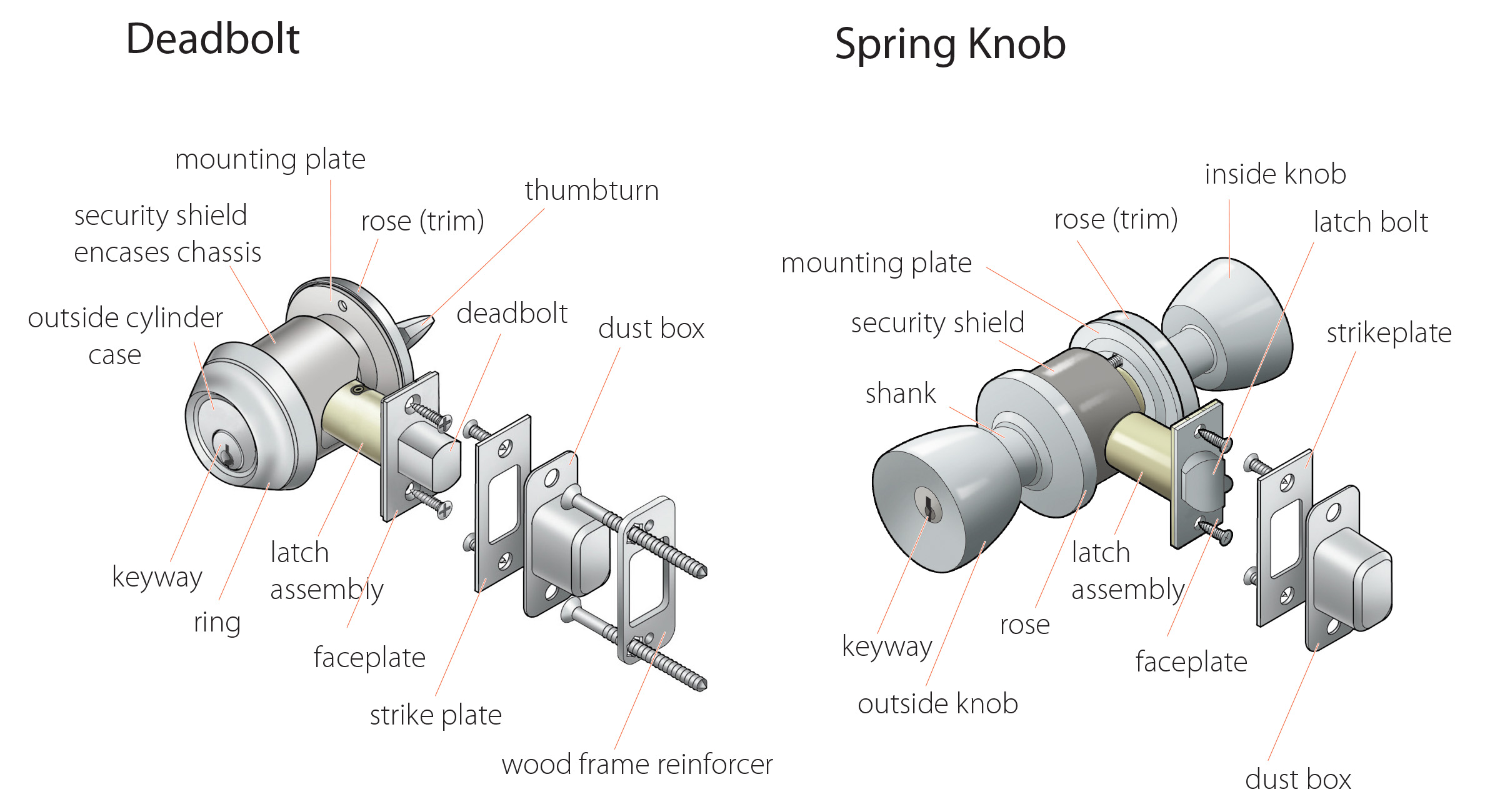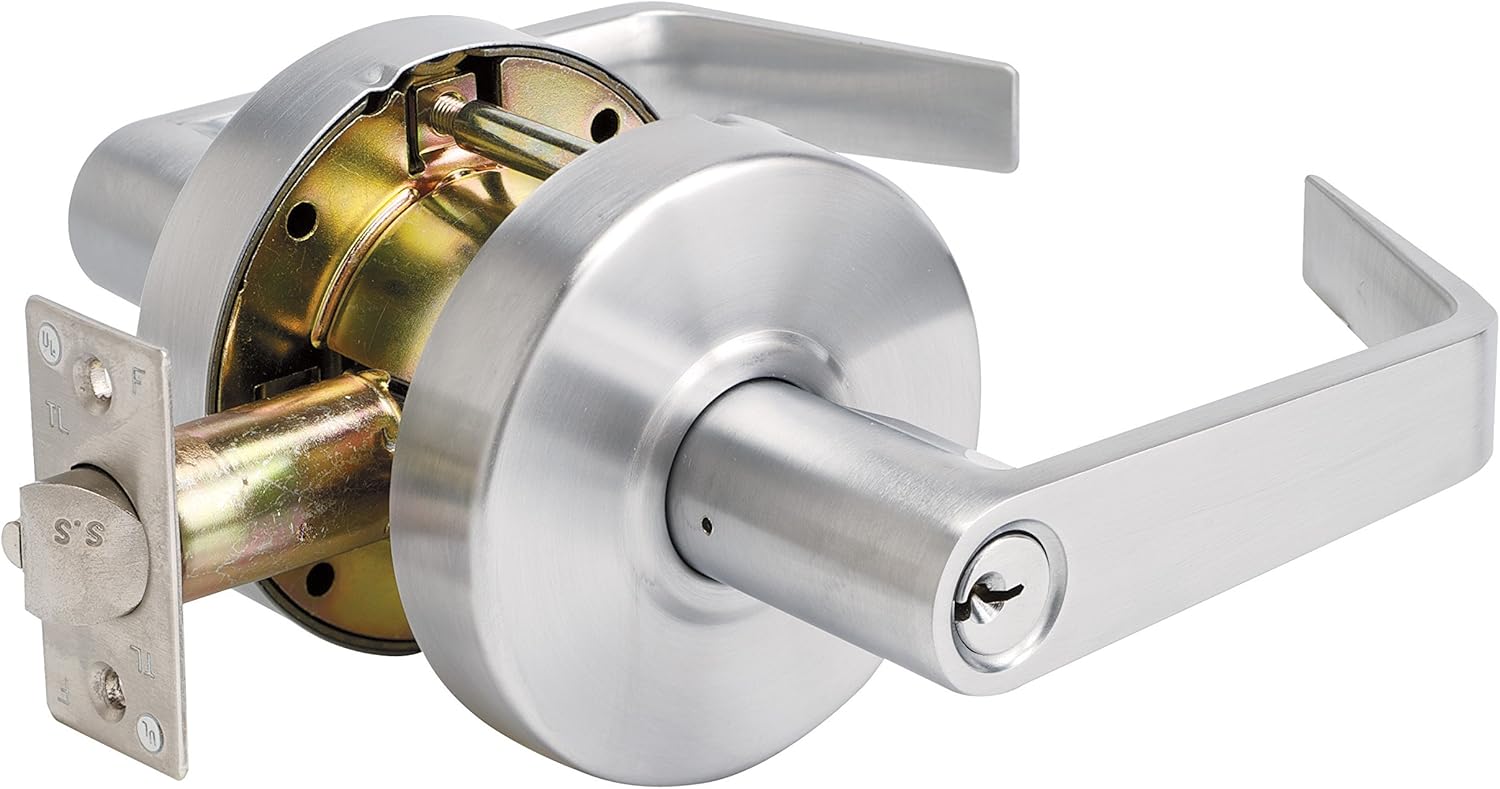Types of Double Cabinet Door Lock Sets

Choosing the right lock for your double cabinet doors is a significant decision, reflecting not only practicality but also a deeper commitment to safeguarding your valued possessions. Consider this selection process a spiritual journey, each lock representing a different level of protection and intention. Just as a strong foundation supports a magnificent structure, the right lock provides the unwavering security your precious items deserve.
Selecting the appropriate double cabinet door lock set requires careful consideration of several factors, including the type of lock mechanism, its security features, and the overall aesthetic integration with your cabinet design. This journey of selection will lead you to the perfect balance of security and style.
Double Cabinet Door Lock Set Types and Mechanisms
Various types of double cabinet door lock sets are available, each with its unique mechanism and security features. Understanding these differences is crucial for making an informed decision that aligns with your specific needs and spiritual intention of safeguarding your valued possessions.
| Lock Type | Mechanism | Features | Security Level |
|---|---|---|---|
| Mortise Lock | Installed within the door itself, requiring precise mortising. The locking bolt extends into the door frame. | High security, durable, aesthetically pleasing when installed correctly. Often features a deadbolt for added security. | High |
| Surface-Mounted Lock | Attached to the surface of the door, requiring no mortising. Simpler installation. | Easy installation, less expensive than mortise locks, suitable for thinner doors. | Medium |
| Integrated Lock | Seamlessly integrated into the cabinet’s design, often hidden or discreet. | Sleek aesthetic, often incorporates advanced features like biometric scanners or electronic keypads. | Medium to High (depending on specific features) |
Mortise, Surface-Mounted, and Integrated Locks: A Detailed Comparison
The choice between mortise, surface-mounted, and integrated locks depends on several factors, including the door’s thickness, the desired security level, and the overall aesthetic. Each type presents a unique path towards securing your treasures.
- Mortise Locks: These locks are known for their strength and security. Examples include high-security mortise locks used in commercial settings or high-end residential cabinets. Their robust nature reflects a steadfast commitment to protection.
- Surface-Mounted Locks: These locks provide a simpler, more affordable solution, ideal for those seeking a balance between security and ease of installation. Examples include basic latch locks or simple deadbolt locks commonly found on less expensive cabinets.
- Integrated Locks: These locks offer a sophisticated and discreet approach to security. Imagine a hidden lock within a beautifully crafted cabinet, a testament to both style and security. Examples include electronic locks with keypads or fingerprint scanners found in modern, high-tech cabinets.
Keying Options for Double Cabinet Door Lock Sets
The keying system you choose impacts the management and control of access to your secured items. Each option represents a different level of access control, reflecting your intentions regarding who may access the contents of your cabinet.
- Keyed Alike: All locks open with the same key, offering convenience for managing multiple locks. This represents unity and simplicity in access management.
- Keyed Different: Each lock requires a unique key, providing a higher level of security and individual control over access to specific areas. This represents individuality and distinct control.
- Master Keyed Systems: A single master key can open all locks within the system, while individual keys open only their respective locks. This represents a hierarchical approach to access control, balancing convenience with security.
Installation and Maintenance of Double Cabinet Door Lock Sets

Embarking on the journey of installing a double cabinet door lock set is much like building a strong, lasting relationship: it requires careful planning, precise execution, and consistent nurturing. Just as a strong relationship needs the right foundation, so too does a well-installed lock. This process, while seemingly simple, holds within it the potential for both frustration and profound satisfaction, depending on the care and attention you give it. Let’s approach this task with mindfulness and precision, ensuring a secure and harmonious outcome.
Installation Steps for Double Cabinet Door Lock Sets
The successful installation of a double cabinet door lock set hinges on careful preparation and methodical execution. Each step builds upon the previous one, creating a structure of security and functionality. Remember, patience is a virtue in this process, and taking your time will yield far better results than rushing through.
- Gather your tools: This includes a screwdriver (Phillips and flathead), a drill with appropriate drill bits (for pilot holes, if necessary), a measuring tape, a pencil, and possibly a level for precise alignment. Ensure you have the correct drill bits for the type of wood or material of your cabinet doors.
- Prepare the doors: Carefully measure and mark the locations for the lock components on both doors. Accuracy is crucial here; use a level to ensure the plates are perfectly aligned. Slight misalignments can lead to difficulty in operation or even damage to the mechanism.
- Drill pilot holes (if necessary): Depending on the lock set, you may need to drill pilot holes to guide the screws and prevent splitting the wood. Always use the correct size drill bit to avoid damaging the wood.
- Install the strike plates: Attach the strike plates to the cabinet frame, ensuring they are perfectly aligned with the marked locations on the doors. Use screws that are appropriate for the material of the frame.
- Attach the lock bodies: Position the lock bodies on each door, ensuring they are aligned with the strike plates. Tighten the screws securely, but avoid over-tightening, which could strip the wood or damage the lock mechanism.
- Install the handles/knobs: Attach the handles or knobs to the lock bodies, following the manufacturer’s instructions. Again, ensure the screws are tightened securely, but not excessively.
- Test the lock: Carefully test the operation of the lock, ensuring it latches and unlatches smoothly. If there are any issues, gently adjust the components until the lock functions correctly.
Maintenance and Troubleshooting Tips for Double Cabinet Door Lock Sets
Maintaining your double cabinet door lock set is like tending a garden; regular attention prevents larger problems from arising. Just as consistent watering keeps plants thriving, regular care ensures your lock’s longevity and smooth operation.
- Regular lubrication: Periodically lubricate the lock mechanism with a light oil or graphite lubricant to reduce friction and ensure smooth operation. This simple act can significantly extend the life of your lock.
- Check for loose screws: Regularly inspect the screws on the lock bodies, strike plates, and handles to ensure they remain tight. Loose screws can lead to misalignment and malfunction.
- Clean the lock: Occasionally clean the lock mechanism with a soft brush or compressed air to remove dust and debris. This will prevent the accumulation of particles that can hinder smooth operation.
- Address sticking mechanisms: If the lock becomes sticky or difficult to operate, try lubricating the mechanism again. If the problem persists, you may need to replace the lock set.
- Replace worn parts: Over time, certain components of the lock may wear out. Replace these parts promptly to maintain the security and functionality of the lock.
Infographic Description: Correct Alignment of Double Cabinet Door Lock Set Components
The infographic depicts a side view of two cabinet doors, hinged together. A dashed line indicates the perfect alignment between the two doors. On each door, the location of the lock body is clearly marked with a circle. The corresponding strike plate on the cabinet frame is shown, also marked with a circle, demonstrating perfect alignment with the lock body on the door. Arrows indicate the direction of the screws securing the lock body and strike plate, emphasizing the importance of proper placement and tightening. A small box at the bottom displays the necessary tools – a screwdriver, drill, and measuring tape – highlighting the importance of preparation. The overall image uses clear, bold lines and contrasting colors to emphasize the key components and their alignment, creating a visual guide for precise installation.
Security Considerations and Applications of Double Cabinet Door Lock Sets

Choosing the right double cabinet door lock set is a journey of safeguarding precious possessions, a testament to our responsibility and diligence. The level of security offered varies significantly depending on the lock’s mechanism and materials. Understanding these differences allows us to make informed decisions that align with our specific needs and values.
The strength of a lock is not solely determined by its outward appearance, but rather by the intricate interplay of its internal components and the materials used in its construction. A wise choice reflects our commitment to security and our understanding of potential vulnerabilities.
Comparison of Security Features in Double Cabinet Door Lock Sets
Different double cabinet door lock sets offer varying degrees of protection against different methods of forced entry. Solid, high-quality materials such as hardened steel are crucial for resistance to drilling and prying. The complexity of the locking mechanism directly influences its resistance to picking. Locks with multiple locking points and anti-saw features offer superior security compared to simpler designs. Consider the following: A simple keyed lock, while functional, is more vulnerable than a combination lock or a high-security lock with a complex internal mechanism. Similarly, a lock made of flimsy metal will be easily compromised compared to one constructed from hardened steel. This careful consideration reflects our understanding of the potential risks and our commitment to securing our valuables.
Suitable Applications for Double Cabinet Door Lock Sets in Various Settings
The appropriate lock type depends heavily on the context and the value of the contents being protected. A home setting may require a different level of security than a commercial setting. The following table illustrates suitable lock types for various settings:
| Setting | Suitable Lock Type |
|---|---|
| Home (Medicine Cabinet) | Simple keyed lock, or a keyed lock with a secondary locking mechanism |
| Home (Gun Safe) | High-security lock with multiple locking points, possibly biometric or electronic features |
| Office (Filing Cabinet) | Combination lock or keyed lock with high-quality materials |
| Commercial (High-Value Inventory) | High-security lock with multiple locking points, tamper-evident seals, and possibly electronic access control |
Rewritten Article on Double Cabinet Door Locks
Double cabinet door locks provide enhanced security compared to single locks, offering a robust defense against unauthorized access. The strength of these locks is determined by the materials used in their construction and the complexity of their mechanisms. High-quality locks utilize hardened steel and other resistant materials to withstand drilling and prying attempts. Sophisticated locking mechanisms, featuring multiple locking points and anti-picking features, significantly increase resistance to forced entry. The choice of lock should be guided by the specific security needs of the setting and the value of the protected contents. For instance, a simple keyed lock might suffice for a home medicine cabinet, while a high-security electronic lock might be more appropriate for a commercial setting storing valuable inventory. Careful consideration of these factors ensures effective protection of valuable assets.
